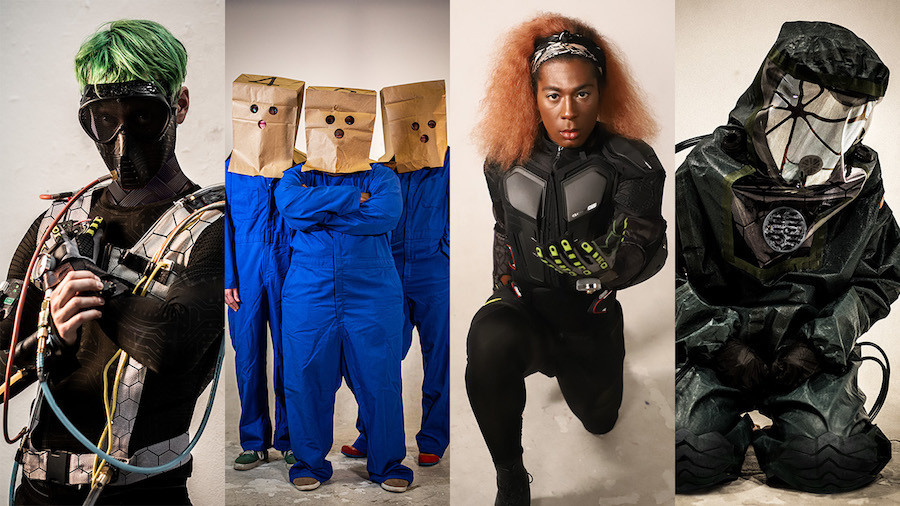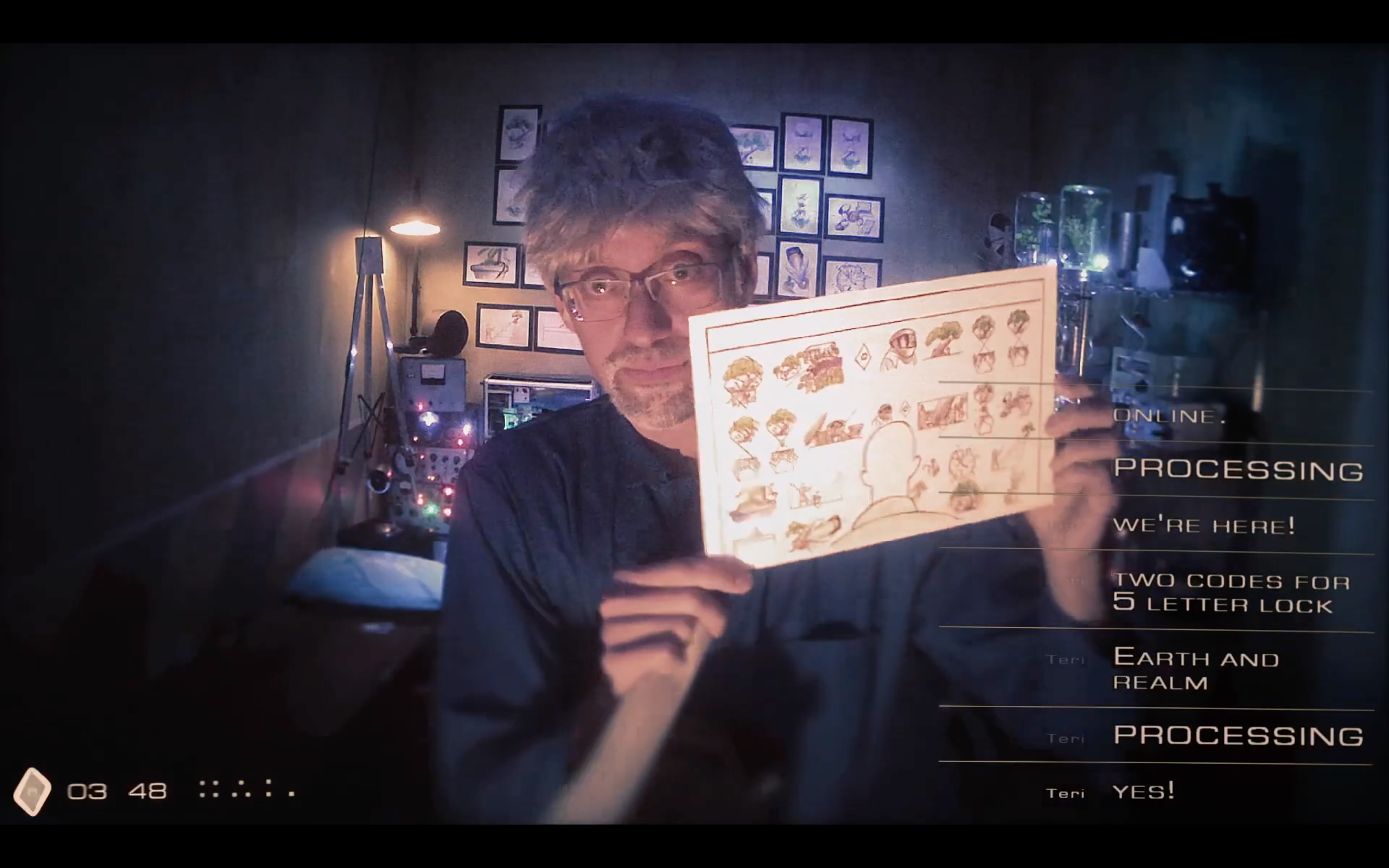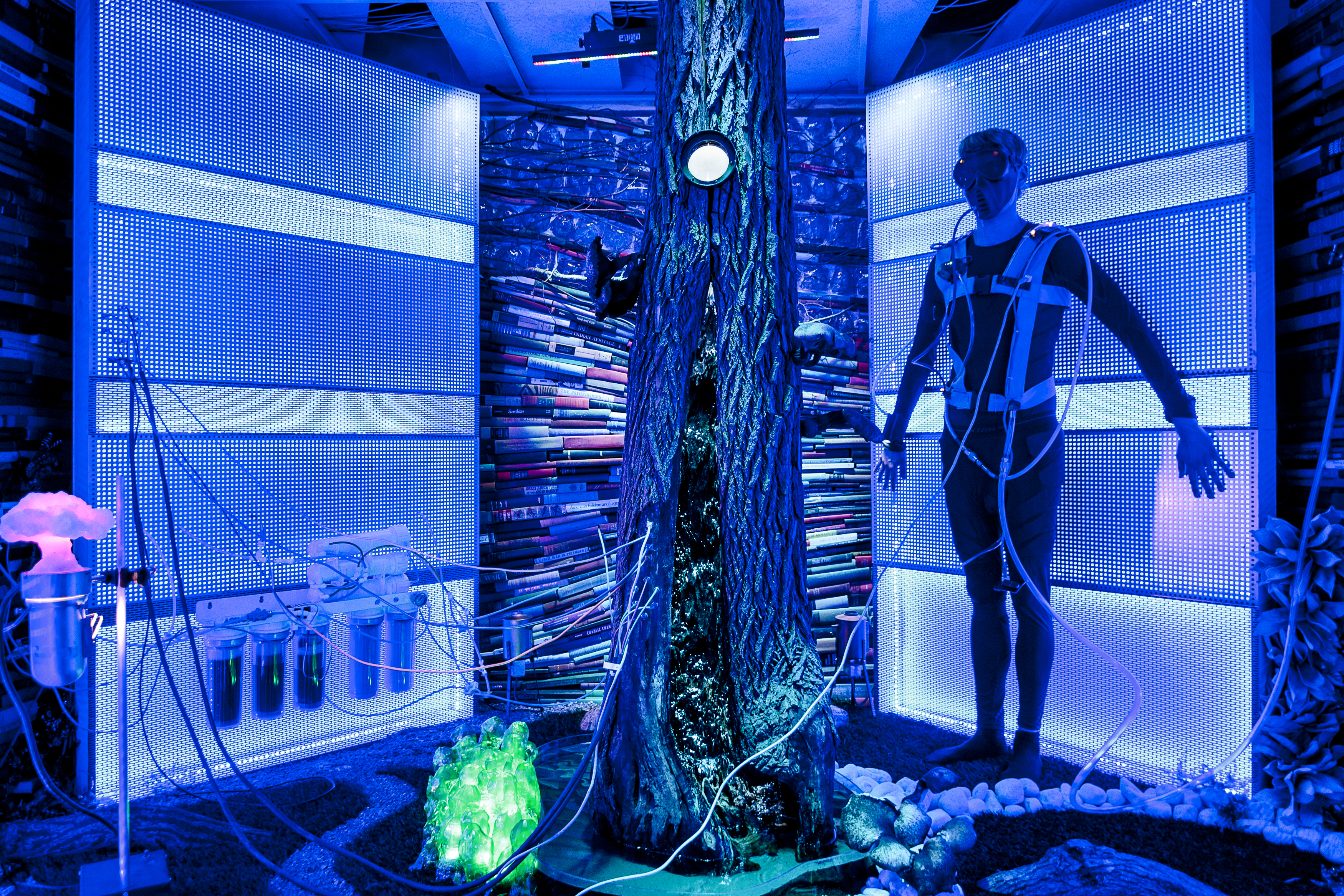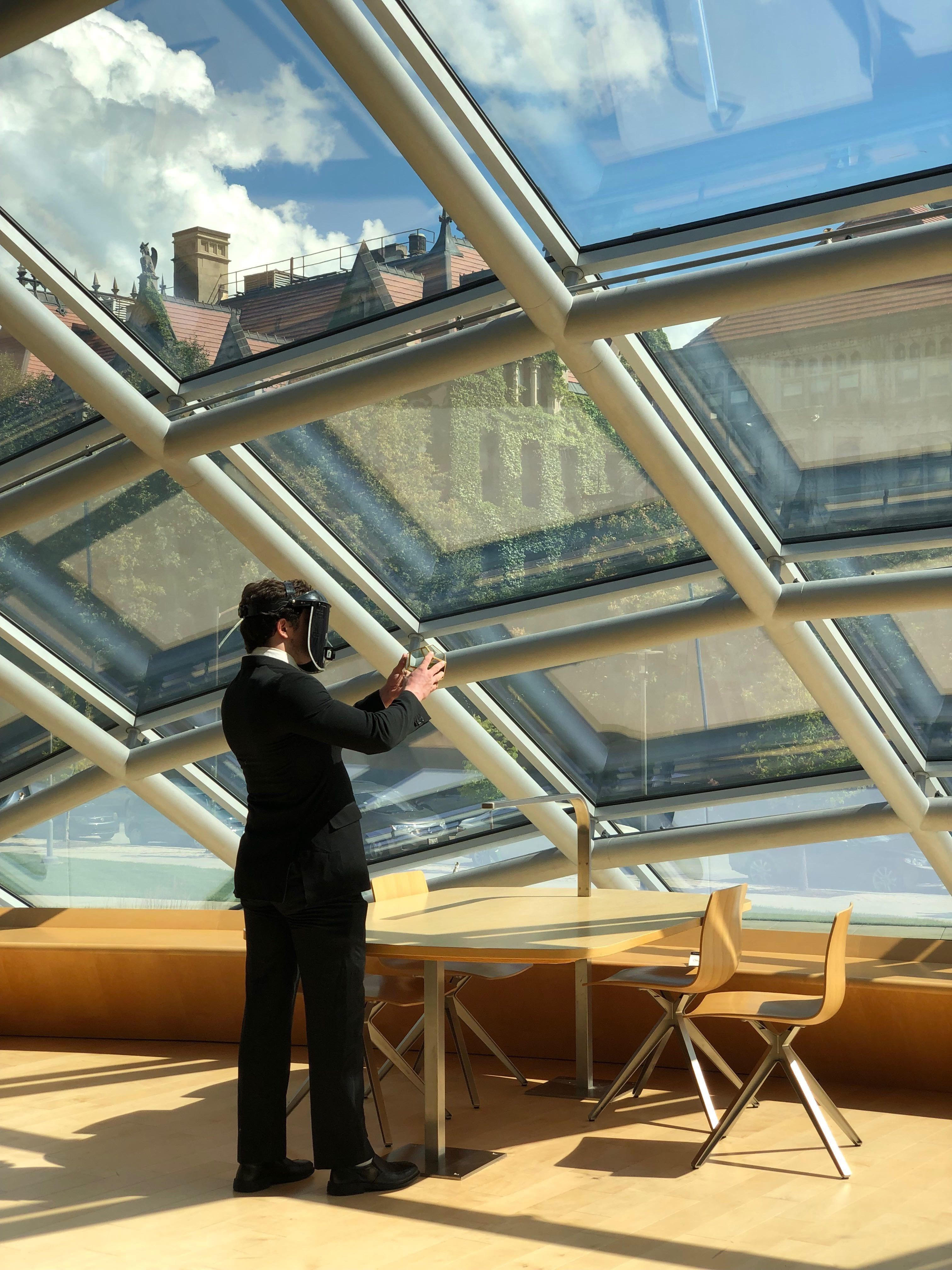Terrarium
alternate reality game
2019
Concept: Patrick Jagoda, Heidi Coleman, and Kristen Schilt
Directors: Patrick Jagoda and Heidi Coleman
Game Manager: Ashlyn Sparrow
Designer and Filmmaker: Marc Downie
Narrative: Patrick Jagoda, Heidi Coleman, and Evan Wisdom Dawson
Puzzle Designer: Sandor Weisz
Costume Designer: Nathan Rohrer
Scenic Designer: Jessica Wardell
Installation Artist for SPORE Room: Dave Carlson
Sound Designer: Michael Bodeen
Web Designer: Ashlyn Sparrow
Visual Artist: Dav Yendler
Lighting Designer: Brandon Wardell
Actors: Patrick Jagoda, Evan Wisdom-Dawson, Darling Shear, Kristen Schilt, Ashlyn Sparrow, Heidi Coleman, India Weston.
Researchers: Kristen Schilt and Lauren Beard
Design Interns: Evan Wisdom-Dawson, Ashby deButts, Theo Evans, Hamlet Fernandez, Jersey Fonseca, Peter Forberg, Rebecca Husk, Daniel Lee, Sam Schwartz, Hurston Wallace, India Weston, Ella Besier, Leland Culver, and Niyya Moody.
Content Experts: UChicago faculty and staff board
Terrarium is the winner of the 2020 IndieCade award for the best Location Based and Live Play Design in a game.
Terrarium was an alternate reality game (ARG) scaled for approximately 1,700 people during the University of Chicago orientation for first-year students in 2019. This experience used transmedia storytelling and gameplay to increase understanding about and engagements with climate change. Terrarium was an experiment in mixed reality storytelling that combined the streaming platform Twitch, Open Broadcaster Software (OBS) software for live streaming, live-action performance, video game mechanics, and puzzles that stretched to various websites. Through several phases, this ARG invited players to participate in co-imagining a preferable climate future. Players interacted with people from four versions of 2049. For each interaction with a possible future, we created a series of “inverse escape rooms” in which participating players helped a performer, broadcasting via Twitch, to get out of a room where they had been trapped. In order to facilitate this escape, players solved multimedia puzzles, improvised interactions, and played live-action networked games. The game used asymmetrical cooperation that gave the person in the room and the players in the Twitch chat different information that they had to share in order to resolve challenges. The experience culminated with the "Futures Design Challenge" in which students pitched ideas linked to the geophysical sciences, social sciences, humanities, and arts that could combat or mitigate climate change.
An overview (with image slideshows and a video) composed by UChicago News.
A short documentary about the entire Terrarium game.
Introductory video "rabbit hole" that initiated the Terrarium experience.
An archive of the Twitch-based gameplay videos with summaries and videos without summaries on Vimeo.
Video overview of the Futures Design Challenge winning teams and invitation by faculty to join the challenge.
Original website and archive for Terrarium and the Fourcast Lab.
Online climate quests for players.
Featured entry at the "Climates of Change" ACM Hypertext Exhibition.
IndieCade festival nomination page for Terrarium.



